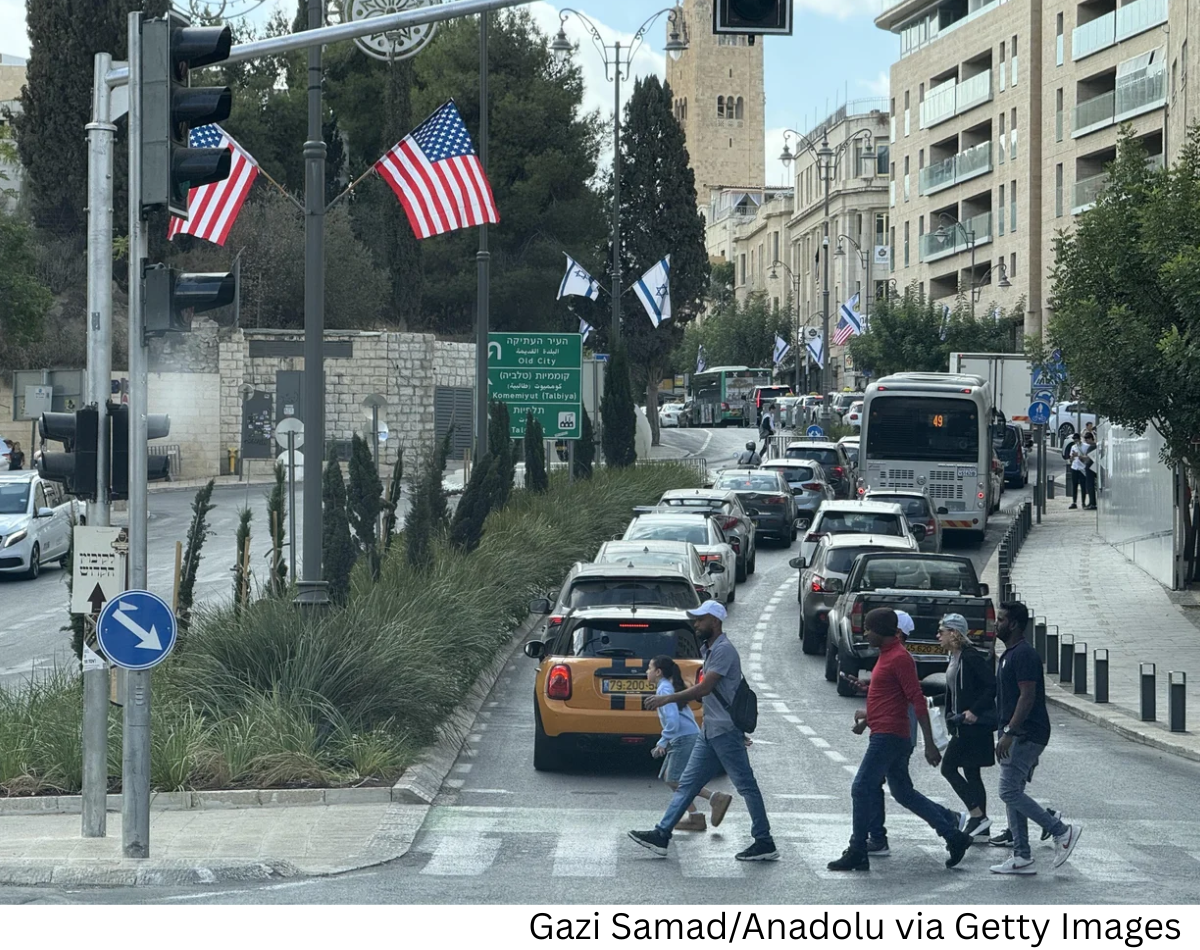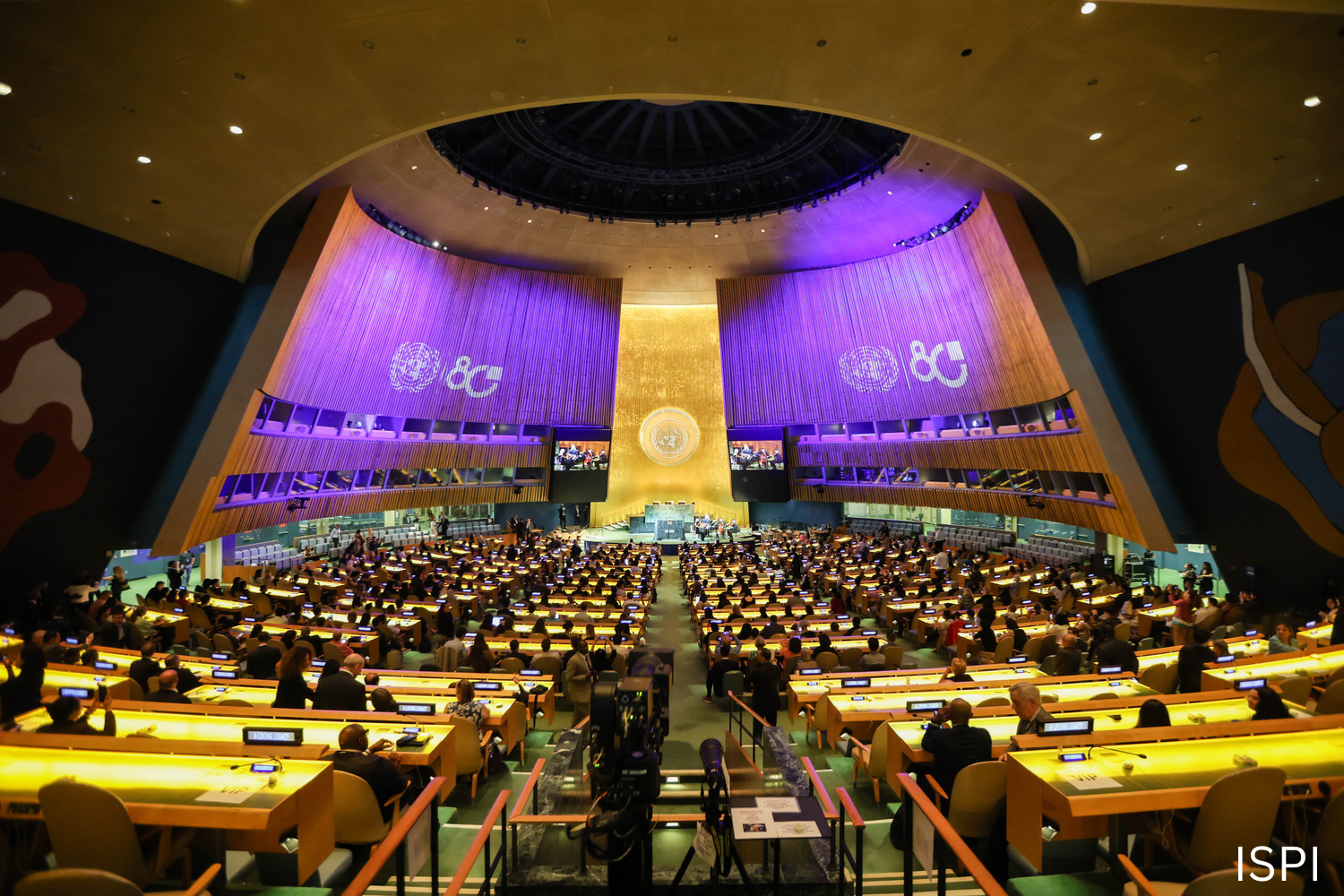Tens of thousands of displaced Palestinians began returning to their neighborhoods in northern Gaza on Saturday, navigating streets filled with dust, debris, and the remnants of once-thriving communities. The return comes as the ceasefire between Israel and Hamas appears to hold, offering a brief reprieve from ongoing hostilities and a glimmer of hope for residents seeking to reclaim what remains of their lives.
For many returning families, the reality is stark. Entire neighborhoods have been flattened, homes reduced to rubble, and essential infrastructure destroyed. Rami Hamda, a resident who had been displaced multiple times over the past two years, described his struggle: “I heard my home was destroyed, but I'm hoping I might be able to salvage some of my belongings. You can't even find a tent to stay in at the moment.”
The destruction is widespread and deeply personal. Returning residents are not only confronted with the physical loss of their homes but also with the emotional toll of communities shattered by repeated cycles of violence. Streets that once buzzed with daily life are now empty, save for dust-filled air and the occasional silhouette of someone searching through ruins.
The Human Toll of Conflict
The recent conflict has taken an immense human toll. Tens of thousands of Palestinians have lost their lives, while nearly 90% of Gaza’s population—over 2 million people—has been displaced at least once during the past two years. Many families have been forced to move multiple times, seeking safety in crowded shelters, abandoned schools, or makeshift tents, only to return to destruction once hostilities subside.
For elderly residents and children, the experience of returning home can be both physically exhausting and emotionally overwhelming. Umm Mohammad Al-Madoun, another resident, described the devastation she encountered: “I didn’t find my home, my neighbor's, nothing. Everything was destroyed. There are no homes, no life left … and the people who died are gone forever.” Her words capture the profound sense of loss experienced by countless families across Gaza, highlighting the human cost behind the statistics of war.
Life Amid Rubble
For those returning, even basic shelter is scarce. Many neighborhoods lack functioning tents or temporary housing, forcing families to sleep among the debris. Access to food, clean water, and medical care remains limited, further compounding the hardships faced by displaced communities. The destruction of infrastructure, including schools, hospitals, and roads, means that the process of rebuilding will be slow, complex, and resource-intensive.
Despite the challenges, returning residents demonstrate resilience and determination. Salvaging belongings, clearing debris, and attempting to restore some semblance of normal life are acts of defiance against the destruction that war has brought. Aid organizations are working to provide emergency shelter, food, and medical assistance, but the scale of need far outstrips the available resources.
The Scale of Displacement
The conflict has not only displaced families but has also fractured communities that were once tightly knit. Neighbors who once relied on one another for support have been scattered across temporary shelters or other towns. Reuniting with family members and neighbors is a slow and uncertain process, as communication lines remain disrupted and many people remain missing or unaccounted for.
International agencies warn that without continued humanitarian aid and reconstruction support, returning families face prolonged suffering. The rebuilding of Gaza will require coordinated efforts involving local authorities, international organizations, and donor nations. The process must address both immediate needs, such as food and shelter, and long-term reconstruction of homes, schools, hospitals, and essential services.
A Glimmer of Hope Amid Destruction
While the physical and emotional scars of the conflict are undeniable, the return of displaced Palestinians also symbolizes hope. The ability to return, even to ruins, allows families to begin the painstaking process of recovery and to reconnect with their communities. It is an essential first step in transitioning from displacement to rebuilding lives and restoring a sense of stability, however fragile it may be.
Ceasefires, humanitarian aid, and reconstruction efforts are crucial to supporting this recovery. Aid groups are scaling up relief work, delivering food, medical supplies, and temporary shelters to those most affected. International support will be pivotal in ensuring that displaced families can move beyond survival toward rebuilding livelihoods, schools, and community networks.
Looking Ahead
The return of Palestinians to northern Gaza highlights both the resilience of the population and the scale of challenges that remain. Even with a temporary ceasefire, the region faces a long road to recovery. Continued access for humanitarian aid, reconstruction initiatives, and security measures will be essential to prevent further displacement and to support families seeking to rebuild their lives.
Ultimately, the experiences of individuals like Rami Hamda and Umm Mohammad Al-Madoun serve as a stark reminder of the human cost of conflict and the urgent need for sustained international engagement. The destruction they witness daily underscores the importance of combining short-term relief with long-term reconstruction and peace-building efforts in Gaza.




.png)

.png)

.png)